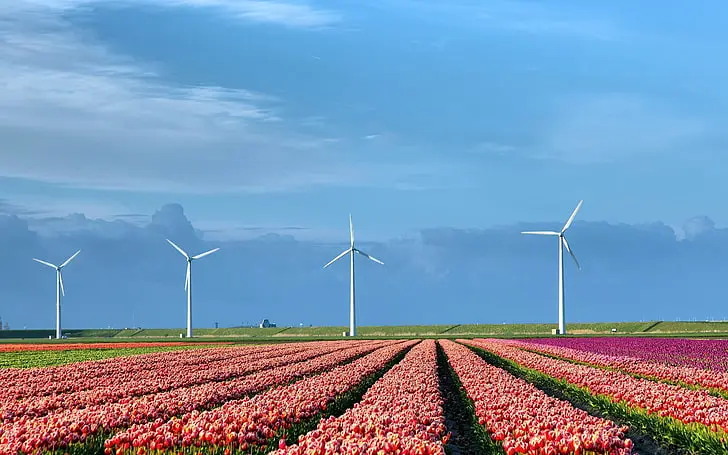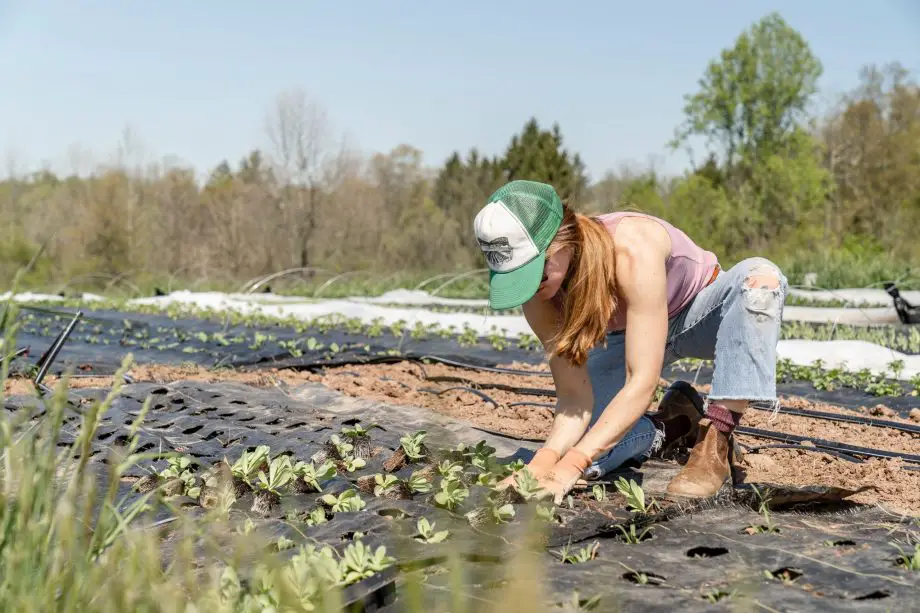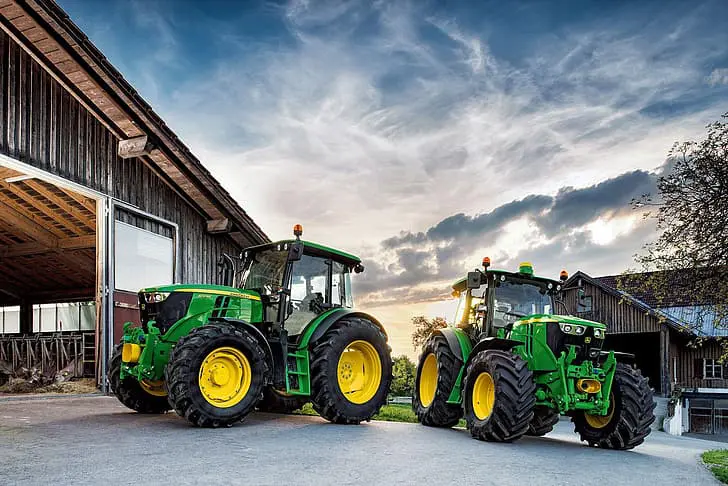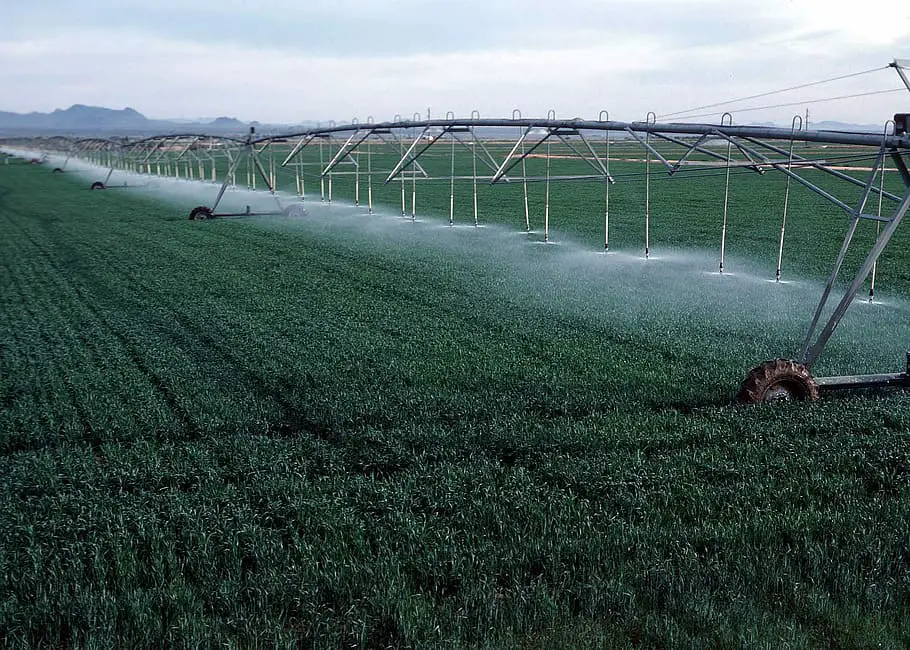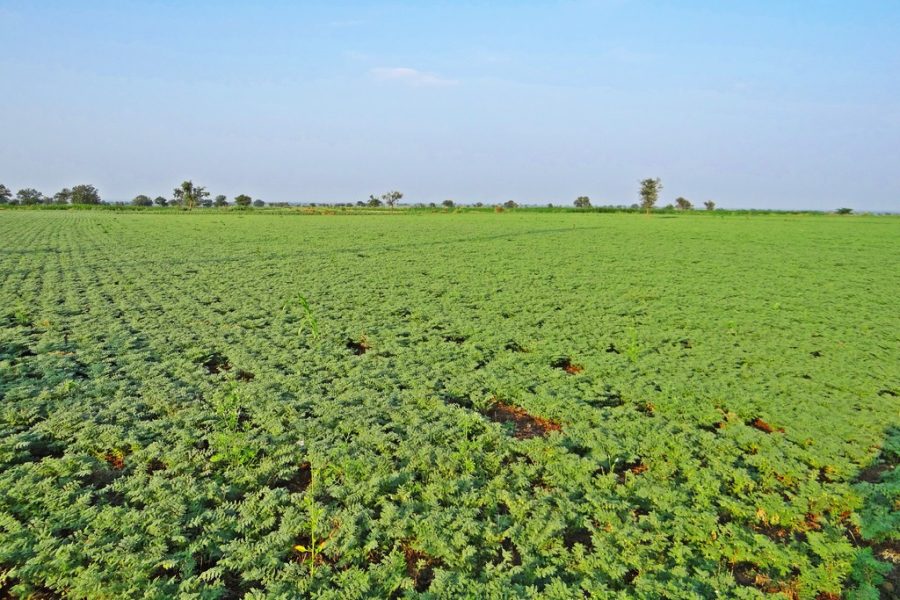
Ever wondered how do cover crops benefit soil health? Dive in to uncover nature’s secret to sustainable agriculture and a thriving farm or garden!
Introduction: How do cover crops benefit soil health?
Cover crops enhance soil health by preventing erosion, enriching soil with organic matter, fixing nitrogen naturally, suppressing weeds, controlling pests and diseases, and improving soil structure and water retention.
Cover Crops Benefit Soil Health
Ever thought about the magic of cover crops? These natural wonders have been the unsung heroes of agriculture for ages.
Let’s dive deeper into understanding how cover crops benefit soil health and discover the secrets they hold for a thriving ecosystem.
Definition of Cover Crops:
Cover crops are special plants cultivated primarily for the well-being of the soil.
Rather than being grown for consumption, their main job is to shield, enrich, and rejuvenate the earth.
From clover to rye, these plants are sown to ensure the soil remains healthy and vibrant, paving the way for main crops to thrive in the best possible conditions.
It’s all about giving back to the soil that gives us so much!
Benefits of Cover Crops for Soil Health:
Cover crops work wonders for soil health in a myriad of ways.
Firstly, they act as a protective barrier, reducing soil erosion from wind and water.
By decomposing, they infuse the soil with valuable organic matter, enhancing its fertility and structure.
Some, like legumes, have the unique ability to fix atmospheric nitrogen, reducing the need for synthetic fertilizers.
They also play a pivotal role in suppressing weeds, naturally keeping those pesky intruders at bay.
Additionally, they disrupt the life cycles of certain pests and diseases, and their presence can even attract beneficial insects.
Lastly, their roots improve soil structure, promoting better water retention and reducing compaction.
In essence, cover crops are like a spa treatment for the soil, rejuvenating and preparing it for future crops.
Soil Erosion Prevention:
Think of a fierce rainstorm hitting bare soil; it’s a disaster waiting to happen.
But with cover crops, the soil gets a protective shield, drastically reducing water runoff and preventing the precious topsoil from being washed away.
Enhancement of Soil Organic Matter:
As cover crops decompose, they become a rich buffet of organic material.
This buffet not only feeds the soil but also improves its texture and fertility.
Organic matter is the lifeblood of soil, ensuring it remains nutrient-rich and vibrant.
Nitrogen Fixation:
Some cover crops, especially leguminous ones like clover, have a unique superpower.
They collaborate with bacteria to pull nitrogen straight from the air and infuse it into the soil.
This natural nitrogen boost is a boon for subsequent crops, reducing the dependency on synthetic fertilizers.
Weed Suppression:
Weeds can be a gardener’s nightmare. But with cover crops, the soil gets a natural defense mechanism.
These crops grow quickly, leaving no room for weeds to sprout, thus minimizing the need for chemical herbicides.
Pest and Disease Control:
Cover crops are like the guardians of the soil realm. They disrupt the life cycles of various pests and diseases, ensuring these unwanted guests don’t settle.
Moreover, they attract beneficial insects, nature’s pest controllers.
Improvement of Soil Structure:
A healthy soil structure is crucial for plant roots to thrive. Cover crops promote soil aggregation, ensuring roots have ample room to grow, and water can easily seep in.
Water Management:
Cover crops act like sponges, helping the soil retain essential moisture.
This ensures plants have a consistent water supply, reducing the risks of both waterlogging and drought.
Practical Tips for Implementing Cover Crops:

Choosing the right cover crop can be akin to matchmaking. It’s essential to consider the soil type, climate, and primary crops you’re growing.
Timing is also crucial; planting cover crops post-harvest ensures the soil remains covered and enriched.
And don’t forget to integrate them into your crop rotation system for maximum benefits.
Case Studies:
Farmers across the globe have embraced cover crops. In the Midwest, rye has transformed fields, leading to healthier soil and increased yields.
Meanwhile, Californian vineyards swear by clover to enhance soil structure, resulting in luscious vines and top-tier grapes.
In agriculture, cover crops are plants that are planted to cover the soil rather than for the purpose of being harvested. Cover crops manage soil erosion, soil fertility, soil quality, water, weeds, pests, diseases, biodiversity and wildlife in an agroecosystem—an ecological system managed and shaped by humans. Cover crops can increase microbial activity in the soil, which has a positive effect on nitrogen availability, nitrogen uptake in target crops, and crop yields. https://en.wikipedia.org/wiki/Cover_crop
Challenges and Considerations:
While cover crops offer a plethora of benefits, they aren’t without their challenges.
One primary consideration is selecting the right cover crop for your specific soil and climate, as not every type suits every environment.
There’s also the potential for cover crops to compete with primary crops for essential resources like water and nutrients if not managed correctly.
Timing is crucial and if left unchecked, some cover crops might become invasive or hard to control.
Additionally, integrating them into a crop rotation system requires careful planning to ensure they complement, rather than hinder, the growth of subsequent crops.
It’s essential to strike a balance, understanding the needs of both the cover crops and the main crops, to harness their full potential while mitigating potential drawbacks.
While cover crops are a boon, they do come with their set of challenges. They might compete with primary crops for resources or even become invasive if not managed correctly.
But with knowledge and best practices, these challenges can be navigated.
How Do Cover Crops Benefit Soil Health FAQs
Q: Can I use cover crops in my home garden?
A: Absolutely! Cover crops are beneficial for gardens of all sizes. They’ll help improve your soil quality and reduce weeds.
Q: How do I decide which cover crop to use?
A: It depends on your soil type, climate, and the main crops you’re growing.
Local agricultural extensions or gardening clubs can offer advice tailored to your region.
Q: Do cover crops require a lot of maintenance?
A: Not really. Once planted, they pretty much take care of themselves. Just ensure they don’t overshadow your main crops.
Q: Can cover crops replace fertilizers completely?
A: No. While they can significantly reduce the need for synthetic fertilizers, especially nitrogen-based ones, it’s essential to monitor soil health and provide additional nutrients if required.
How Cover Crops Benefit Soil Health Conclusion
In wrapping up our deep dive into the world of cover crops, it’s clear to see that these plants are more than just a backdrop in the agricultural scene.
They play a pivotal role in safeguarding and enriching our soil, from preventing erosion and enhancing organic matter to naturally fixing nitrogen and suppressing weeds.
The challenges they present are but minor hiccups in the grand scheme of their benefits.
As we look towards sustainable farming practices and a healthier planet, integrating cover crops becomes not just an option, but a necessity.
So, whether you’re a seasoned farmer or a backyard gardener, consider sowing cover crops.
It’s a small step with a significant impact, ensuring our soil remains robust and ready for seasons to come.
Embrace the magic of cover crops and watch your soil thrive!
Recap of the post
To sum it all up, cover crops are nature’s ingenious solution to maintaining and enhancing soil health.
They offer a myriad of benefits, from shielding the soil against erosion and boosting its organic content to naturally managing weeds and pests.
While there are challenges to consider, the rewards far outweigh the hurdles.
Encouragement to use cover crops
As we aim for sustainable and eco-friendly agricultural practices, turning to cover crops is a step in the right direction.
So, whether you have acres of farmland or a small garden patch, give cover crops a go.
Your soil will thank you, and future generations will reap the benefits of your thoughtful farming!

